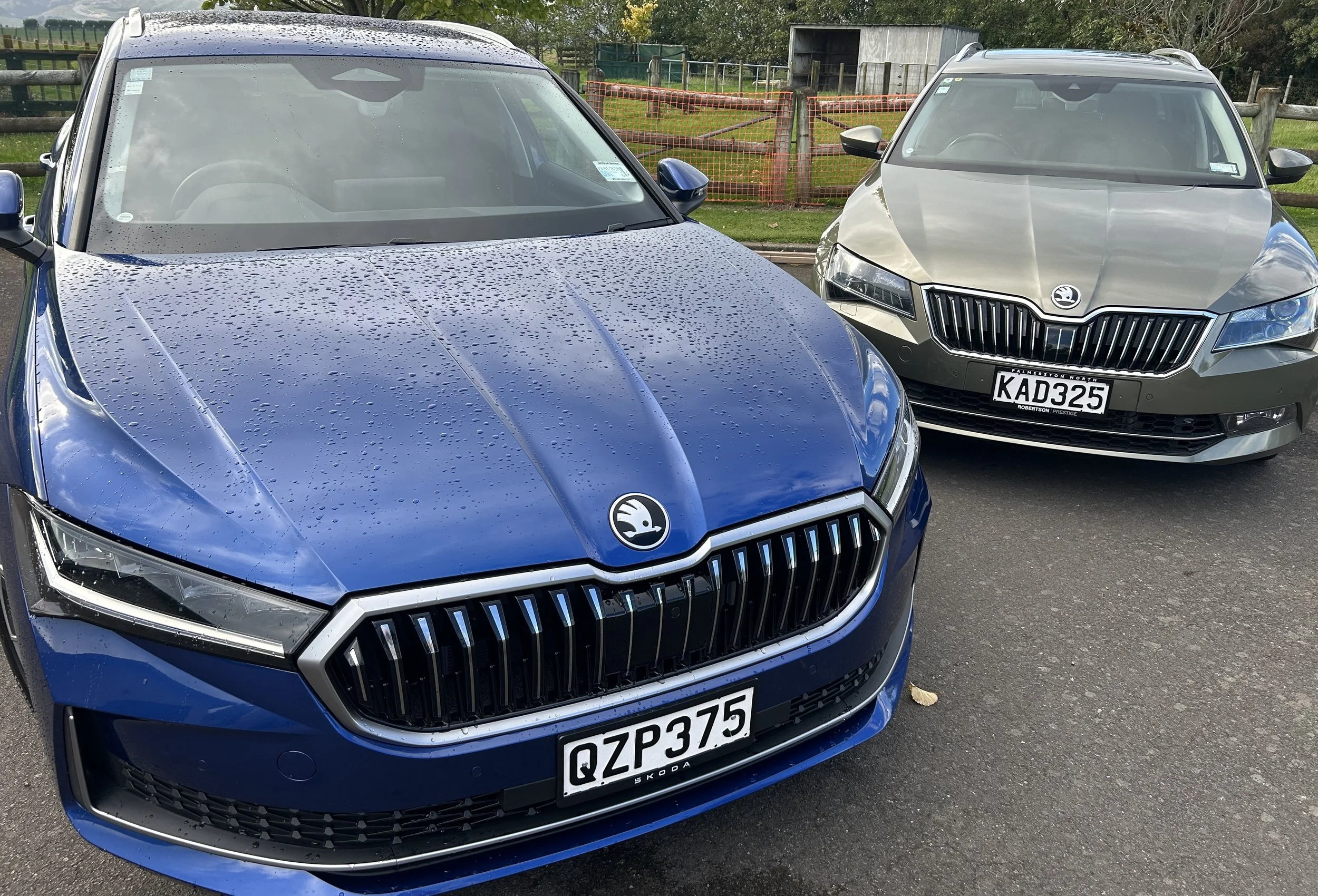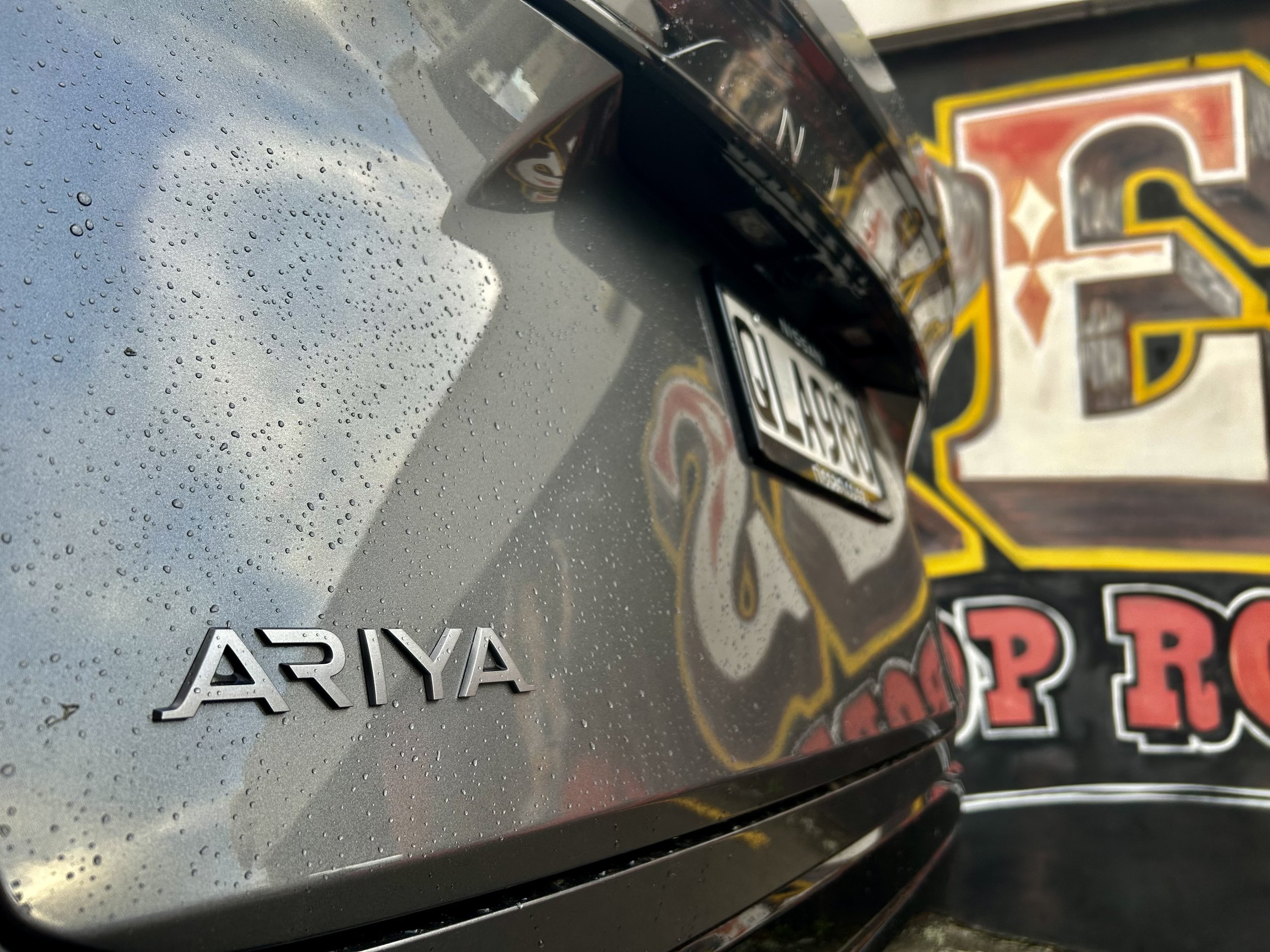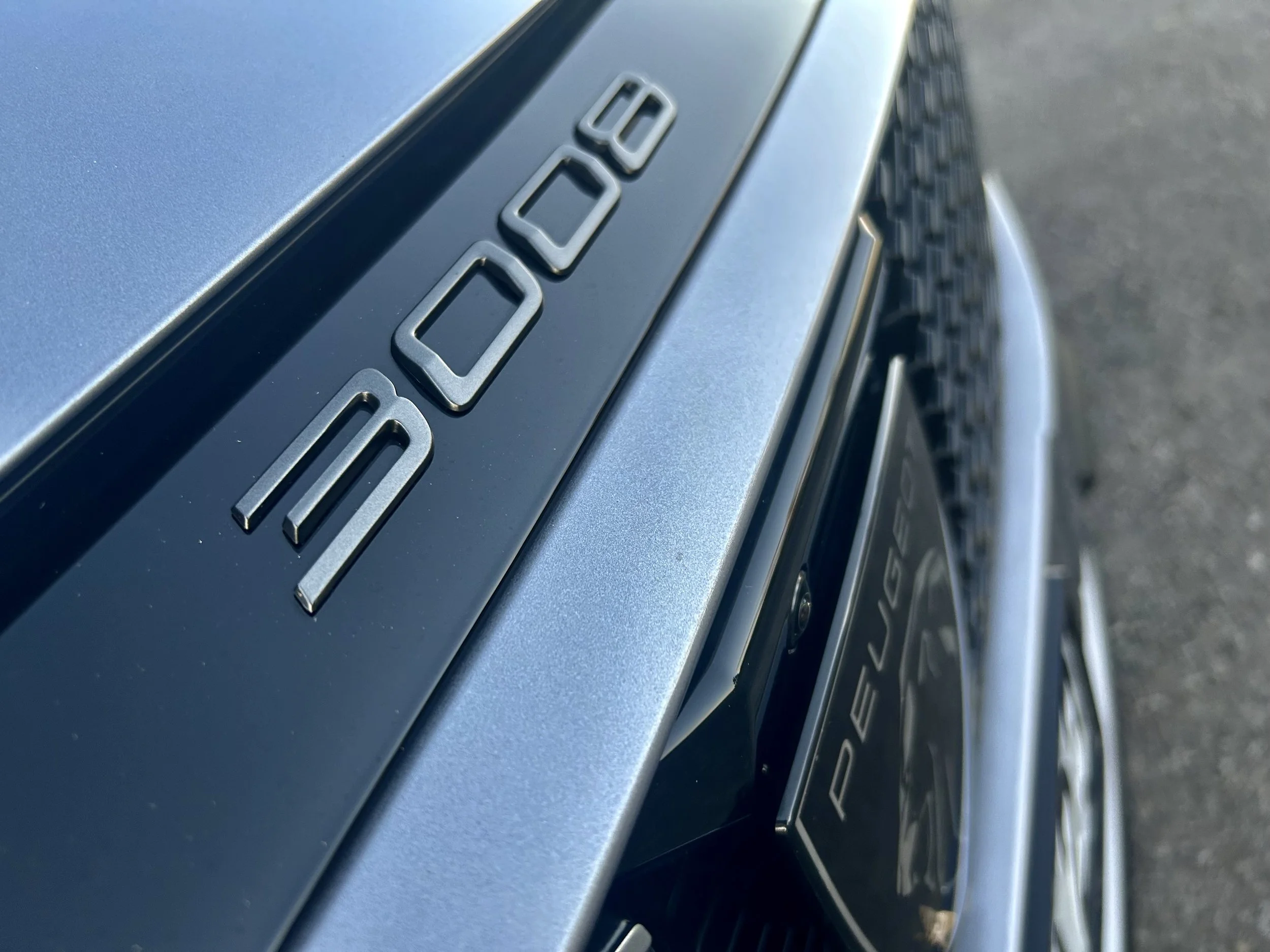Suzuki Jimny five-door road test review: Stretched credibility
/It’s better for family and functionality, but more fizz is sorely needed (video, photos: Callum Crawley)
Price: $40,990.
Drivetrain: 1462cc petrol four-cylinder, 75kW/130Nm; five-speed manual.
Wheels and tyres: 195/80 R15.
How big: Length, 3985mm; width, 1645mm; height, 1720mm.
We like: As characterful as the three-door and more useful; has true off-roading credibility; extra length, weight improves ride.
Not so much: Poor engine; ANCAP uncertainty.
CONQUERING Skipper’s Canyon in the Suzuki Jimny five-door on the launch programme spoke well to its credibility in the wild.
With credibility of being good enough for a Central Otago trial that stands as one of the country’s hardest off-road challenges, why even bother to muddy the wheel arches when it arrived for a proper, seven day evaluation?
On part, because mucking in is its happy place. The Jimny is among those vehicles so outfitted for dirty work that it really represents as an antithesis of the ‘occasional’ off-roader.
For the majority of its time, then it was seemed best to put it out on a genuine farm first, with Callum Crawley, and, once its mettle was proven there, then bring it into the urban jungle.
MotoringNZ.com’s new contributor achieving first dibs was on good grounds.
When it comes to assessing mud play competence, he’s a genuine expert. Until recently he, mum and dad ran a business that not only sold, and fitted, four-by-four accessories. Their enthusiasm for proving the quality of that gear meant spending most weekends out in the countryside, doing it tough with various off-loading clubs and the like.
Callum’s also Jimny-rated, an on-farm favourite hack being a 2011 flat deck, with a 1.3-litre of equally unburstable spirit as the new car’s 1.5.
Owning an off-roader is one thing; assuming you know how to extract the best from it another. The Jimny stands metaphorically tall as an obvious entry point car; it’s cheap and has a robust four-wheel-drive that is as about as simple as it gets. But how to get the best from what it offers?
I’ve always thought a 101 to the basics would be useful. Callum’s an excellent film-maker. Today’s video is the result. I think it’s excellent. Hope you agree.
Once it wrapped up Hollywood duty, the Jimny came to me, primarily to see how it coped with the environment in which you see a lot of them.
Nothing wrong with using a Jimny as urban jungle exploration tool. If anything, this new variant will enhance that role simply because it’s obviously a lot more family friendly. And even in stretched five-door, it’s still a pert and nimble enough package to cope with the narrowest of streets.
On the other hand …? Jimny is one of the most characterful cheap cars around, but here as much as with the three-door there are numerous aspects you feel you have to put up with in order to enjoy the overall chirpy ambience.
Elements that really demand to be improved upon, probably won’t, because Suzuki lends impression of being especially spendthrift. It doesn’t overly splash the cash when it comes to product development and seems hellbent on getting its’s money’s worth from every ingredient.
The drivetrain is one of those lemons it is obviously keen to squeeze every least drop of juice from before it is disposed. There are some small engines that manage to behave as it they are bigger than they actually are; especially in towns and, crucially, on secondary roads. Suzuki has those in the Swift and the Vitara. But not in the Jimny.
Sure, it’s exuberant and, likely as not, unbreakable. Yet the questions raised when the three-door came out in respect to the moral fibre of this 1462cc four-cylinder are more insistent with the five-door, given it minimally has another 100kg to haul before being filled with passengers.
Brand new cars were used on the launch drive and the engine felt almost worrisomely tight back then. In arriving with several thousand kilometres’ driving on the clock, the test example felt friskier and was more free-revving, but it what it still tangibly lacked was decent punch.
And this was with a manual model, in which it can be worked a lot harder than the optional auto allows. A transmission that is also now archaic in being a four-speed.
Quite potentially the restricted pep might matter less in India, where this car is produced, than it does here. But I suspect it’s reason why you don’t commonly see Jimnys on the open road.
It also impacts on more than the 0-100kmh performance being pretty dire. Regardless of the inherent benefits of that ladder chassis, the towing capacity is 1300kg and the GVM is only 1545kg, which means a 360kg payload for the manual. Conceivably, with four adults onboard you’re left with as little as 40kg capacity for gear.
Basically, the best thing Suzuki could do come facelift time is to effect a heart transplant. The outgoing Swift had several that would do well, including even the three-cylinder 1.0-litre turbo. The new Swift’s mild hybrid? It’s likely hurt the price, but would protect the environmental standing.
As is, the current mill really only behaves nicely at lower speeds. It is asthmatic once you reach open road pace. It isn’t as economic at that speed, either. You know you don’t have a lot to play with when switching off the air con makes a tangible difference. when negotiating Skipper’s, the manual’s official return of 6.4L/100km (so, 0.5L/100km better than the auto) was blown apart, but even though the 10.4L/100km seen then wasn’t repeated in the seven day test, the average was still 9.2.
Vehicles that smash it in the rough are invariably a bit rough out in the smooth, and a high centre of gravity and soft suspension contribute to making highway driving in a Jimny somewhat adventurous. But at 100kmh, you are of course also coming to realisation that the car itself is reaching the upper edge of what could be called a rather plucky, lively dynamism. Like the three-door, it is a bit wobbly when driven carefully, a lot more when pushed, and the Bridgestone Duellers’ grip can be a bit dicey on wet tarmac.
The longer wheelbase does definitely delivers much improved ride composure, yet grip and body control is starting to erode almost as much as it does at that pace in the donor.
That it does so well with so little power is testimony to its overall mechanical grit. Yet realistically, the Vitara hybrid, which avails at the same money not just in all its front-drive versions but also in the entry all-wheel-drive, would have the edge if you were out to drive at open road speeds reasonably often.
Thing is, though, the Vitara is simply not half as charming to look at as the Jimny. The car’s growth is more precisely a stretch. Width and height are unaltered. Wheelbase and overall length are where change has occurred, with an additional 340mm between the front and rear axles. This means that, in profile, yes, it’s become a bit a of a dachshund, but overall this car just nails the ‘junior explorer’ vibe in a way no other compact SUV does.
The five-door brings updates not seen on the donor, too. There are a few extra goodies, such as a 9.0-inch touchscreen with wireless Apple CarPlay/Android Auto (from the S-Cross) and it debuts ‘dual camera braking support’, which replaces the other cars’ single-camera-plus-laser automatic emergency braking. It’s not said to be better. Just different.
Adaptive cruise control in the automatic will add value and other safety stuff includes lane departure warning, weaving alert, a reversing camera and rear parking sensors. So, more than the three-door gets.
The cabin retains the funky functional grab handles and plastic exposed 'bolt heads’ that totally suit the vibe and the car’s muck-wipeable approach. The central touchscreen has nice, crisp graphics, the analogue dials are easy to read and have a digital screen between for extra info. It also has automatic headlights, hill hold/descent control and 15-inch alloys, the spare being a standard rim and tyre.
A minimal audio speaker count and it lacking built-in satellite navigation speaks to Suzuki head office’s deep desire for optimising cent-saving; how many speakers and what size they would need to be before the audio has a chance to compete with the mechanical, road and wind noise this car generates is a reasonable question. As is, the battle is a tough one. Phone calls on the move require high volume and a raised voice.
Putting wiring in the doors is a cost avoided; ‘spot the window switches’ is a game continuing in the five-door, with a twist. As in the three-door, those for the front glass retain in the centre console bank. But but there’s no room for those for the rear ones. So these locate …? Well, awkwardly, and just as illogically. Next to the manual handbrake.
The optimistically one-size-fits-all approach with front seats lacking height adjust and no telescopic for the steering wheel borders on being a challenge for my tall, slightly generous body shape; for someone of my dimension, you’re sitting on more than ‘in’ this car. Even so, with the front seat, it was possible for another ‘me’ to sit behind - something that’s not achievable in the three-door - though headroom is tight.
As for the boot? Well, it finally gets one. Two hundred and 11 litres’ space, rising to 379 litres with the rear seats folded down (and measured to the window line) is way better than the three door’s 85 litres, and though the back seats don’t fold full flat, the load area is sensibly sized.
The Jimny vibe is something you get or you don’t; you accept or you simply decide is just too much. The much improved practicality, the stronger equipment level and that it seems every bit as much a mountain goat off the seal, regardless that the data suggests it is less capable (same 210mm ground clearance, similar approach and departure angles, but decreased ramp-over), are factors that will hold this car in good stead with the faithful.
The one ongoing uncertainty is on the crash rating aspect. The three-door scored a reasonable three stars out of five in 2018 ANCAP safety testing; the five-door has more ingredients that could raise its status. However, the new car has not been assessed by ANCAP and local distributor hope the five-door might be allowed to pick up the donor’s score means little, as ANCAP ratings are retired after six years, which raises potential Jimny will be star-less soon.






















